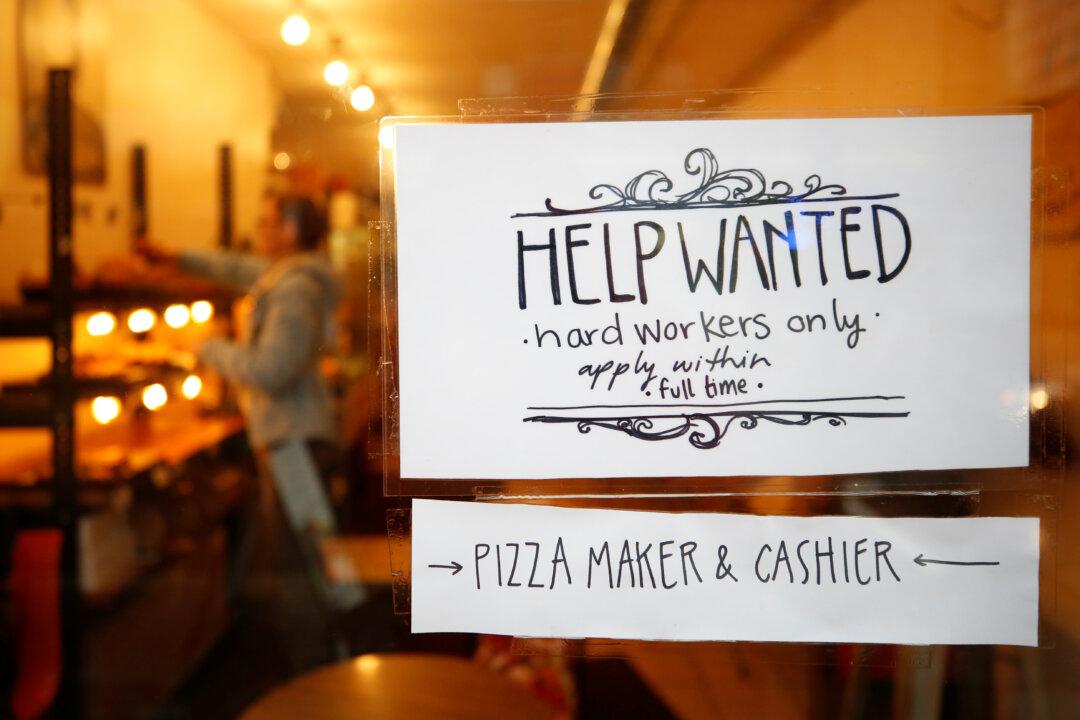If the government reduced taxes and reduced welfare benefits more gradually, more Quebecers receiving social support would join the workforce, suggests a study released Monday by the Montreal Economic Institute (MEI), a public policy think tank with offices in Montreal and Calgary.
The study said the current welfare system “encourages long-term dependency through perverse economic incentives,” and adds that it only traps “able-bodied recipients in a vicious cycle of poverty.”





